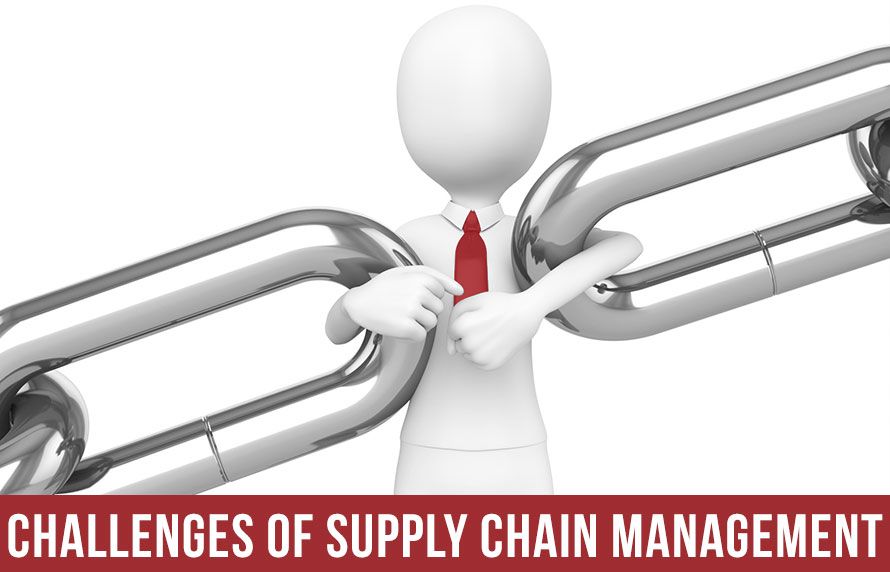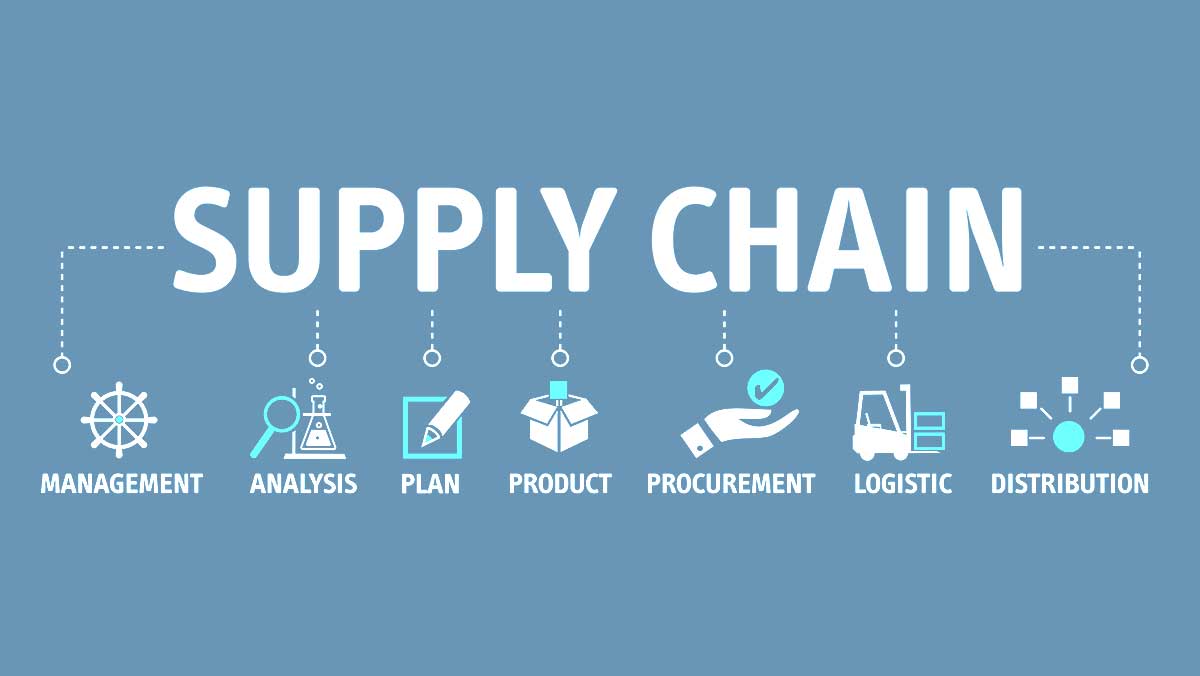Introduction
In 2024, the packaging industry is facing unprecedented challenges in the form of rising costs and supply chain disruptions. These pressures not only affect production timelines but also strain profit margins. This article will explore how packaging companies can address these challenges by improving operational efficiency and ensuring sustainable business practices.
Cost Pressures: Rising Raw Material and Energy Prices
Due to global inflation, geopolitical tensions, and rising transportation costs, the price of raw materials used in packaging, such as paper, plastics, and other essential materials, has surged. This is putting significant pressure on packaging companies to control costs while maintaining production quality.
Strategies to Address Cost Pressures:
Alternative Materials: Companies can explore using recyclable materials, plant-based plastics, or other eco-friendly alternatives, which can help mitigate rising material costs while also enhancing the brand's sustainability profile.
Supply Chain Contracts: Strengthening long-term relationships with suppliers and negotiating fixed-price contracts can help reduce the impact of fluctuating raw material costs.
Logistics Optimization: By improving transportation routes and using more efficient delivery methods, companies can reduce logistics expenses and lower overall operational costs.

Supply Chain Disruptions: Global Uncertainty
The global supply chain remains unstable due to factors such as the ongoing effects of the pandemic, labor shortages, and geopolitical disruptions. These factors have caused delays in raw material delivery and production schedules, leading to challenges in meeting customer demand on time.
Strategies to Address Supply Chain Disruptions:
Supplier Diversification: By sourcing materials from multiple suppliers across different regions, companies can reduce their reliance on any single source and minimize the risk of disruptions.
Local Production: Establishing production facilities closer to key markets can help minimize transportation delays and reduce supply chain risks.
Digital Supply Chain Management: Leveraging advanced supply chain management software and data analytics tools can help companies track inventory levels and production status in real-time, allowing them to respond quickly to disruptions.

Building Supply Chain Resilience
Diversified Sourcing: Avoid relying on a single supplier by establishing a diversified supplier network, reducing exposure to risks.
Optimized Inventory Management: Using intelligent inventory management systems can help reduce stockpiling while ensuring the steady flow of critical materials.
Crisis Response Plans: Developing and regularly testing contingency plans for potential supply chain disruptions will allow companies to quickly recover from unexpected events.

Conclusion
Although the packaging industry is grappling with significant challenges such as rising costs and supply chain disruptions, these challenges can be mitigated with smart cost management and optimized supply chain strategies. Flexibility and efficiency will be key to navigating the complex market environment, ensuring long-term business sustainability.

